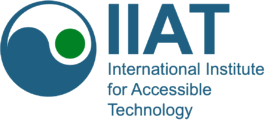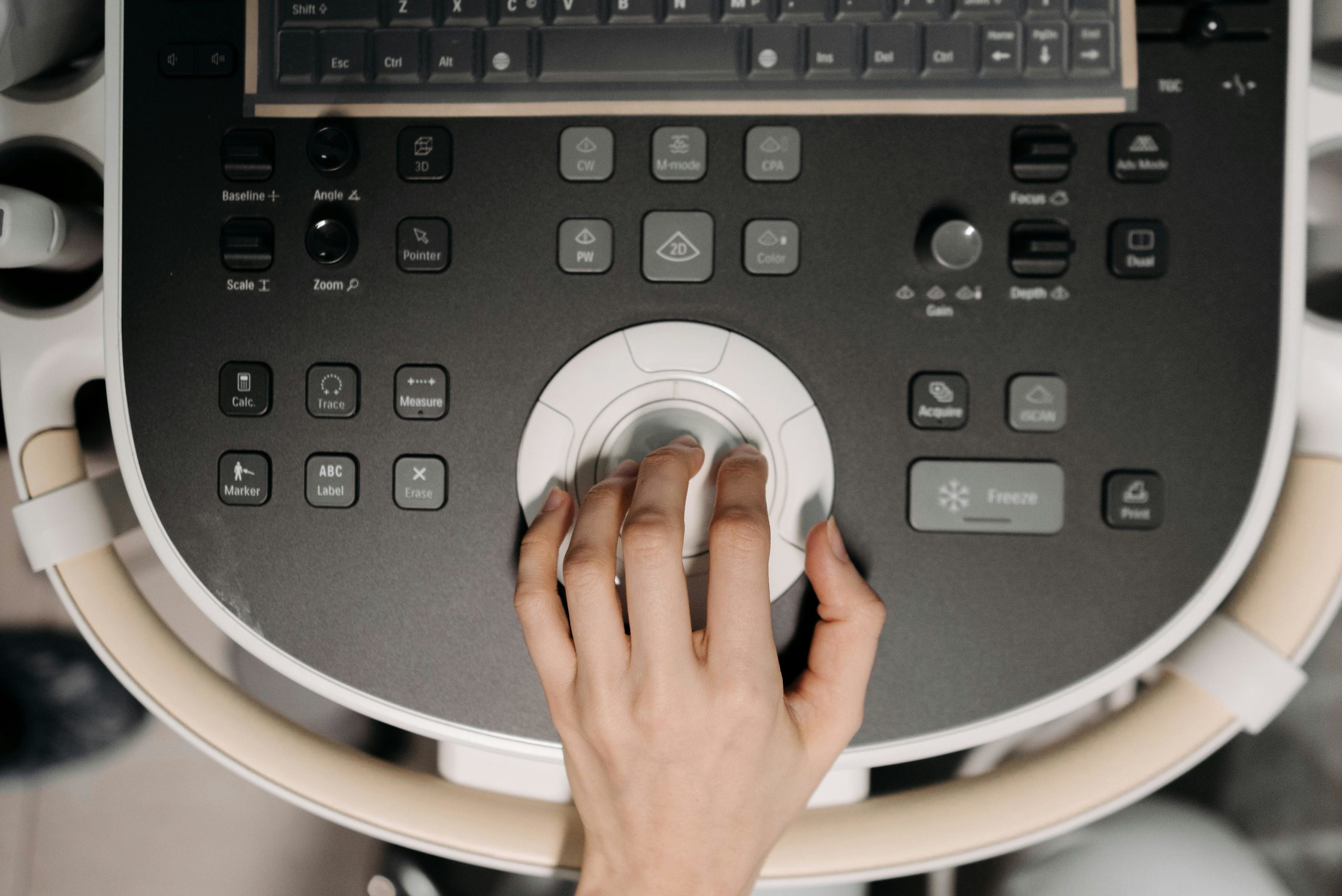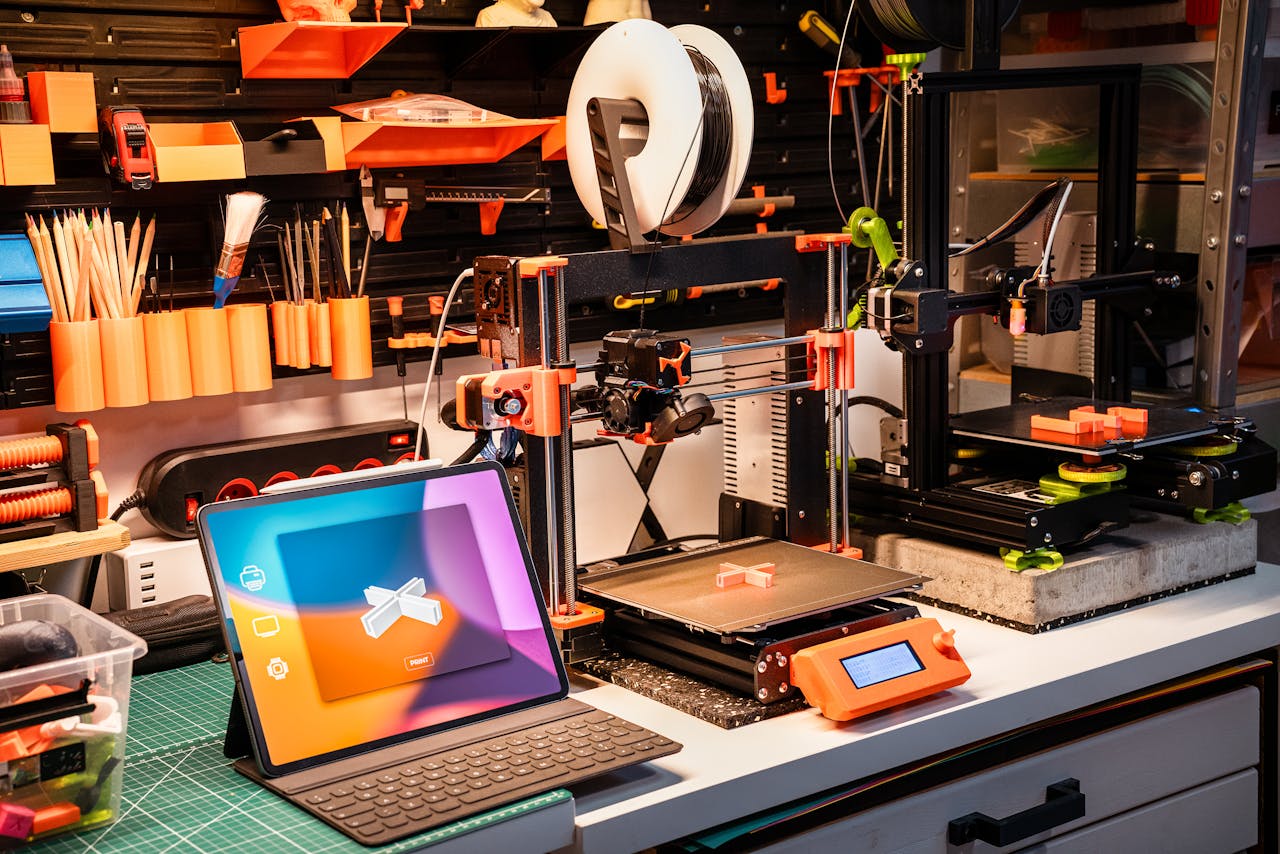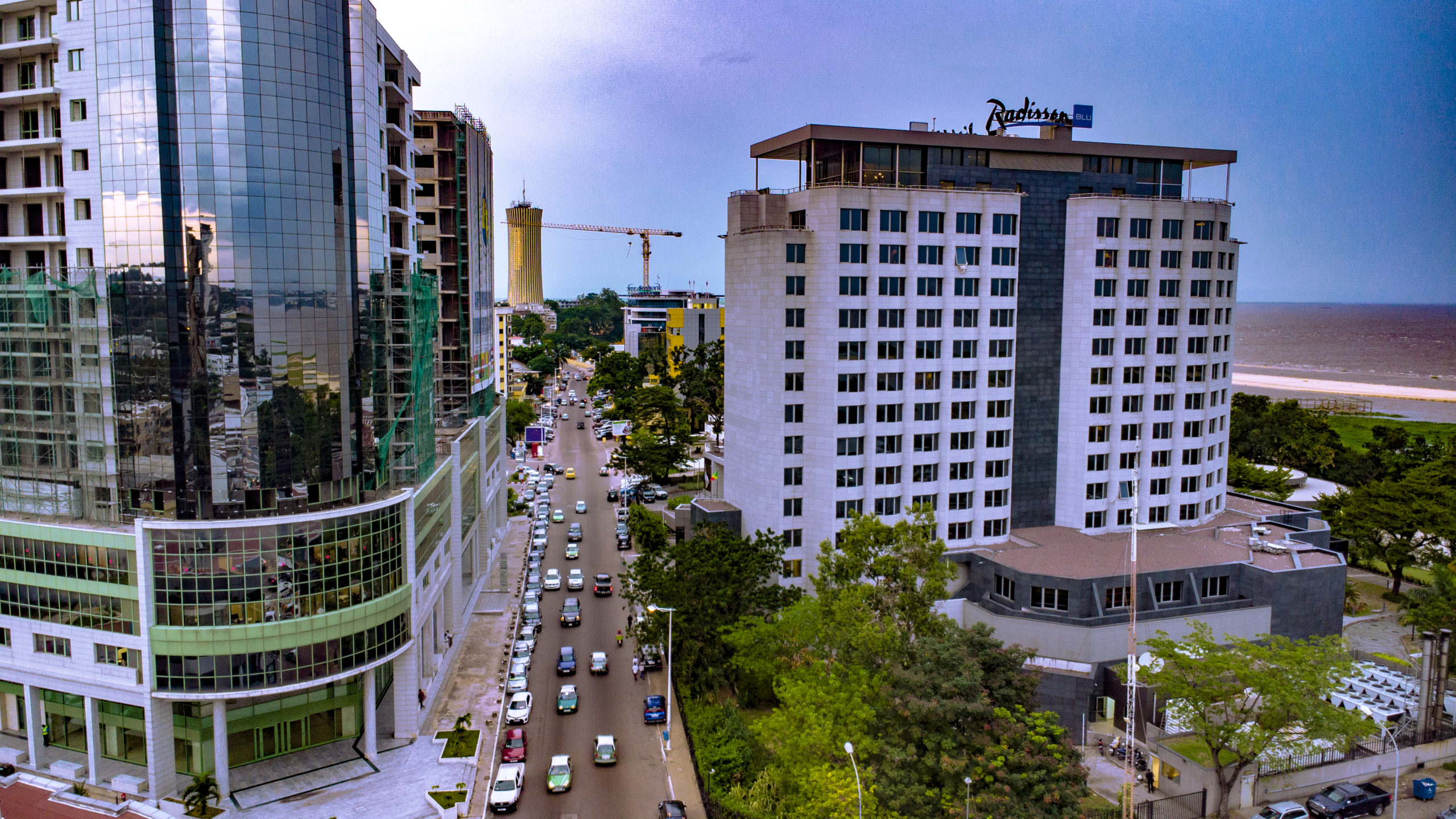Charting the Path Beyond Phototherapy
Every journey begins with a first step — and for IIAT, that first step was phototherapy. But the road ahead is long, urgent, and full of possibilities. As our initial project moves toward pilot deployment, we’ve begun to ask a critical question: What comes next?
In this post, we explore why low-cost ultrasound is a natural next frontier in our work, what makes it technically and socially significant, and how we plan to apply our distributed, locally-empowered development model to tackle it.
Whether you’re a healthcare worker, researcher, or innovation partner, this roadmap offers a glimpse into our vision for scalable, community-driven medical technology.
Why Ultrasound Matters: A High-Impact Diagnostic Gap
Ultrasound is one of the most versatile, safe, and non-invasive diagnostic tools in global health — yet it remains out of reach for many clinics in low- and middle-income countries (LMICs). From tracking maternal health to identifying internal bleeding or organ conditions, ultrasound’s utility spans nearly every department.
The challenge isn’t just cost; it’s infrastructure, training, and adaptability. Devices are often not suited to unstable power supplies, they lack user-friendly interfaces for first-time operators, and they typically come bundled with closed, proprietary ecosystems that inhibit repair or local use.
This diagnostic gap can delay life-saving decisions. That’s exactly why it’s high on our radar.
Applying a Proven Framework to a New Challenge
Just as with our phototherapy unit, we approach ultrasound not as a product to be delivered, but as a system to be co-developed — across continents, disciplines, and institutions.
Our initial focus is on modularity, repairability, and integration with existing health worker training frameworks. We’re exploring partnerships with biomedical engineering departments and local clinicians to prototype tools that are field-adaptable and scalable, with 3D-printable casings, open data protocols, and user interfaces tailored for frontline use.
By building on our phototherapy experience, we bring lessons in licensing, collaboration, and local fabrication into this next phase — all while expanding our technical capabilities.
Looking Ahead: Join Us in Building What Comes Next
As we begin exploratory development on low-cost ultrasound, we’re actively looking for collaborators:
- Universities and research institutions
- Frontline healthcare workers
- Design and engineering partners
- Medical technology donors and funders
If you’re passionate about decentralised, inclusive innovation, we want to hear from you. Together, we can shape the next chapter of accessible healthcare — one device at a time.



